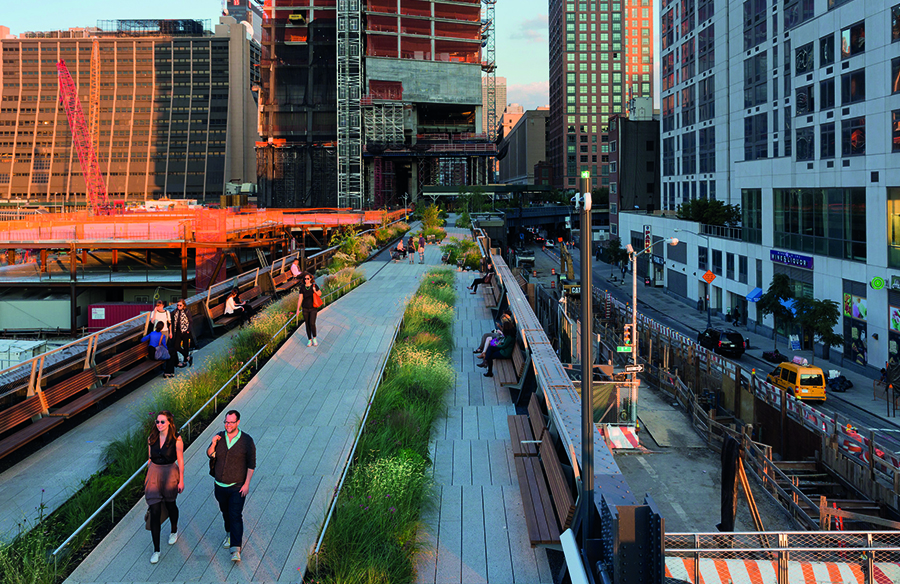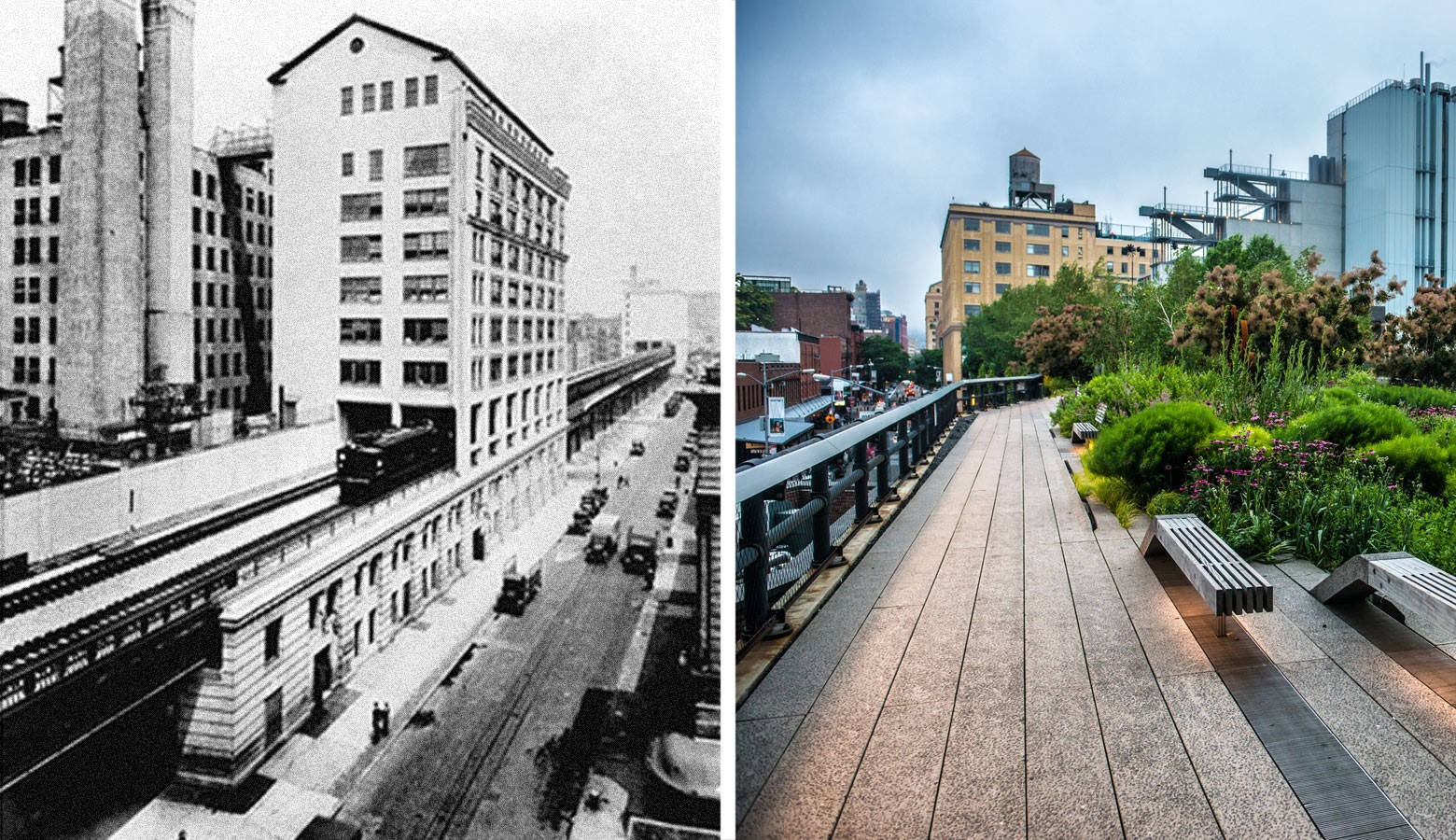
With the widespread high-speed rail transportation system that has been an incentive towards urban growth in the twenty-first century, the train systems of normal speed have gradually been replaced, either being reused as aerial parks and catalysts of urban regeneration or completely get abandoned if they did not fit into the urban structure of the city. The adaptive reuse of these abandoned railway lines is beneficial for urban space regeneration by increasing leisure functions, supporting sustainable local development, and promoting urban public space.
Reasons for Abandonment
The old railway lines are abandoned due to historic and economic factors, that is a less new development in corresponding areas, lower property values, diversion or replacement of a line, decreasing in demand railway transport with the increasing popularity of cars, and bringing about a change in the urban structure of the city. Railway lines built especially for mines or logistic sites are abandoned mostly because either mine is exhausted or the company has gone bankrupt. These abandoned old railway lines impact land development, traffic flow, and the urban environment.
Many former railway lines, railway stations, or railway carriages are being reused with new functions, breathing a new life into these old structures and promoting urban quality life for people.
An example of reinvented abandoned wagon is the Seabank situated at the beach of Seasley where two old railway carriages have retired and converted into the beautiful beachfront villa, offering panoramic sea views to its visitors. Several railway structures were converted into museums, focused on showcasing railway transport, its interesting history, the symbolic and cultural role of rail transport in the past.
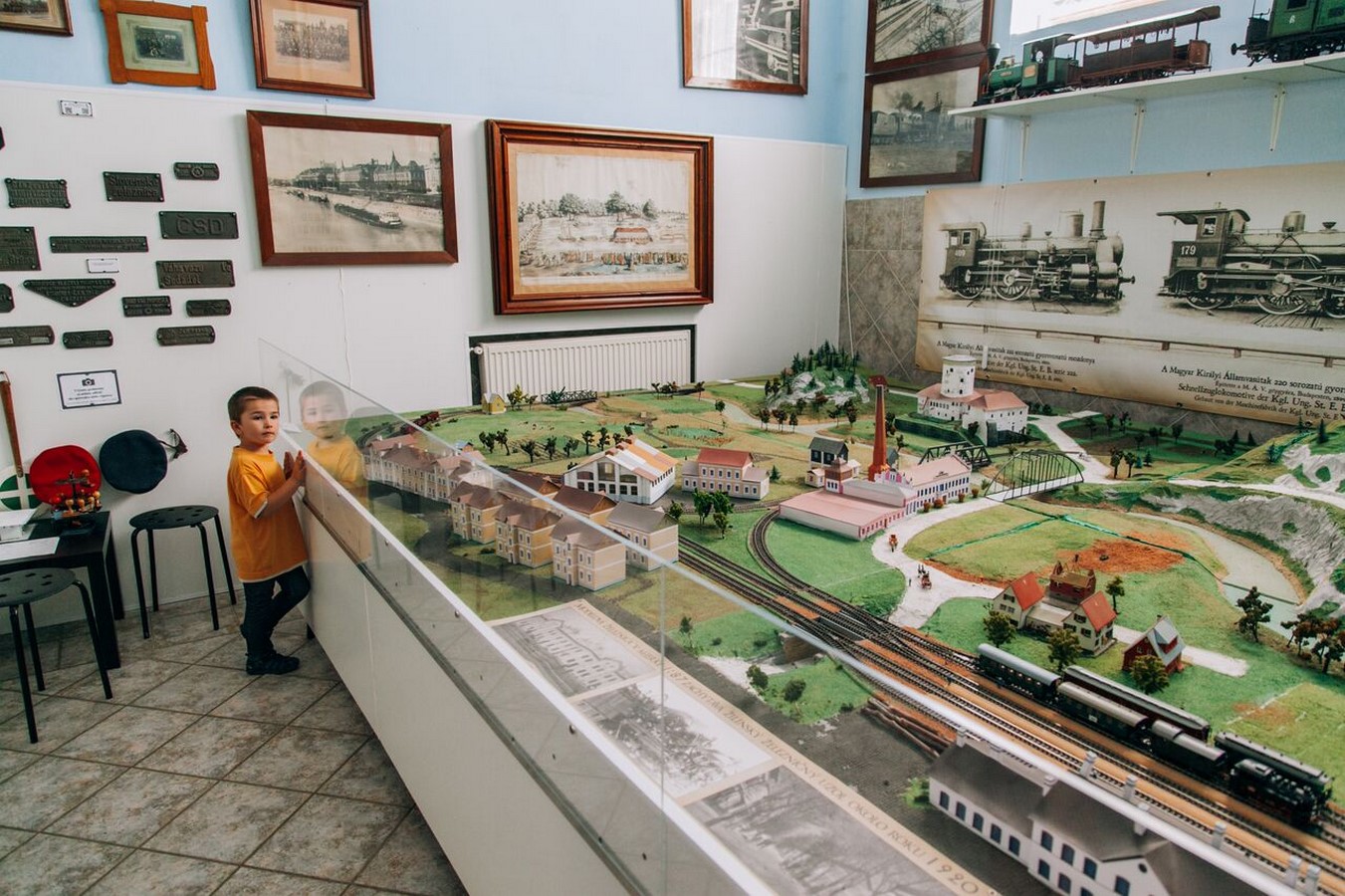
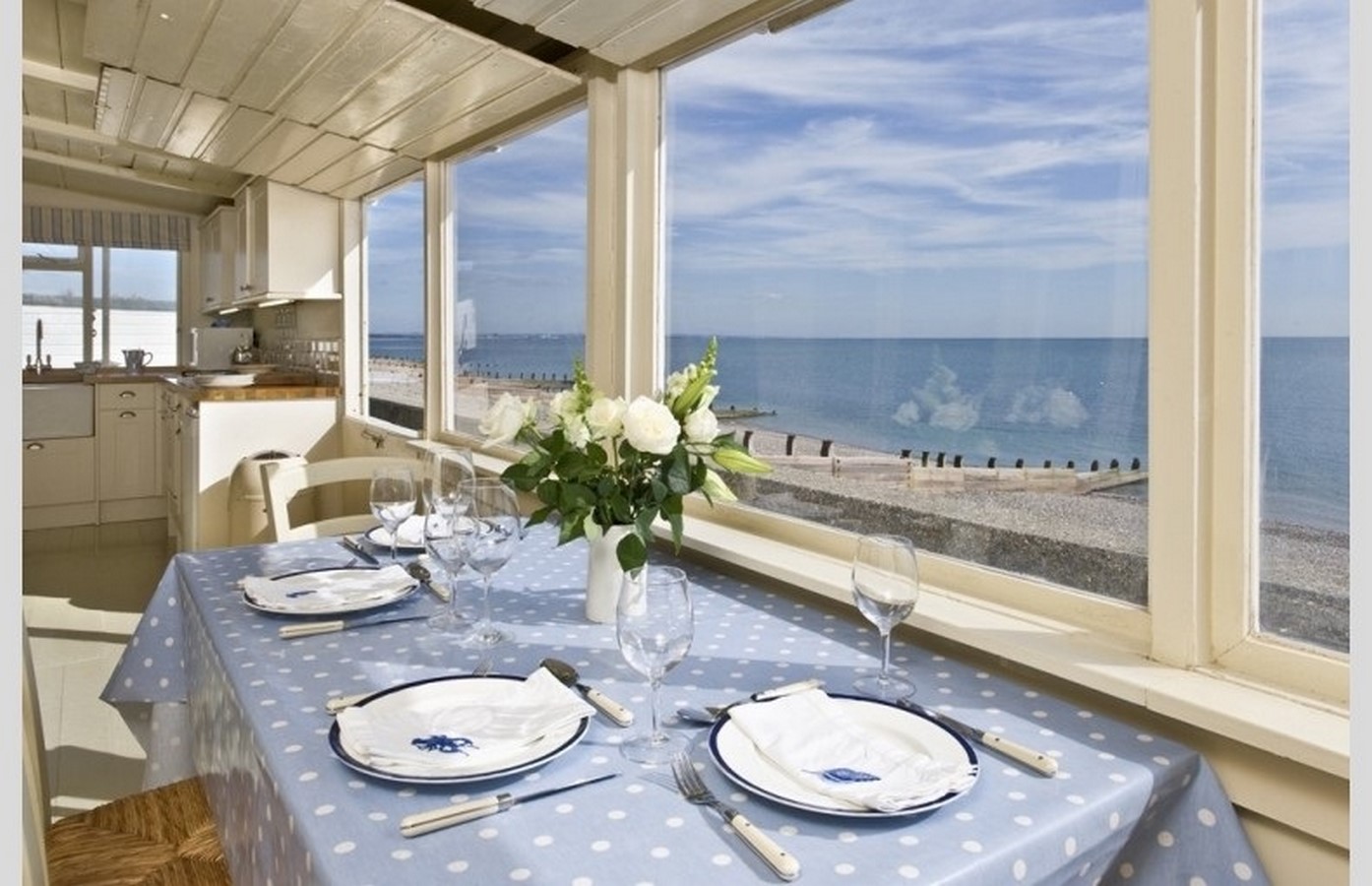
Reuse of Old railway lines as Urban Public Space
In recent times the idea of Rails to Trails is growing especially in the United States and other European Countries, where these abandoned old railway lines are transformed into multipurpose trails for walking, cycling, horse riding, ice skating, etc. The greatest example of this is Highland Park in New York, in which old elevated freight railways that transported food along the West side of the city have been transformed into a beautiful park. Other countries like Australia, Germany, China, United Kingdom are following the footsteps of the United States, where these abandoned rails have been repurposed into living rails.
Let’s look at the three unique examples that justify the adaptive reuse of the abandoned railway lines.
1. Rosheim- St Narbor Railway in Alsace
Project Name- Rosheim-St Nabor Railway In Alsace
Location- France
Purpose- Art Cycle and Walking Track.
This adaptive reuse project was collaborated by Oslo-based Reiulf Ramstad Architects with Parenthèse Paysage, to repurpose the old site of the Rosheim-St Nabor railway and breathes a new life. Once used for transporting both goods and passengers have been rediscovered in a new refreshing way, inviting hikers, and cyclists to explore the meandering landscapes of Alsace.
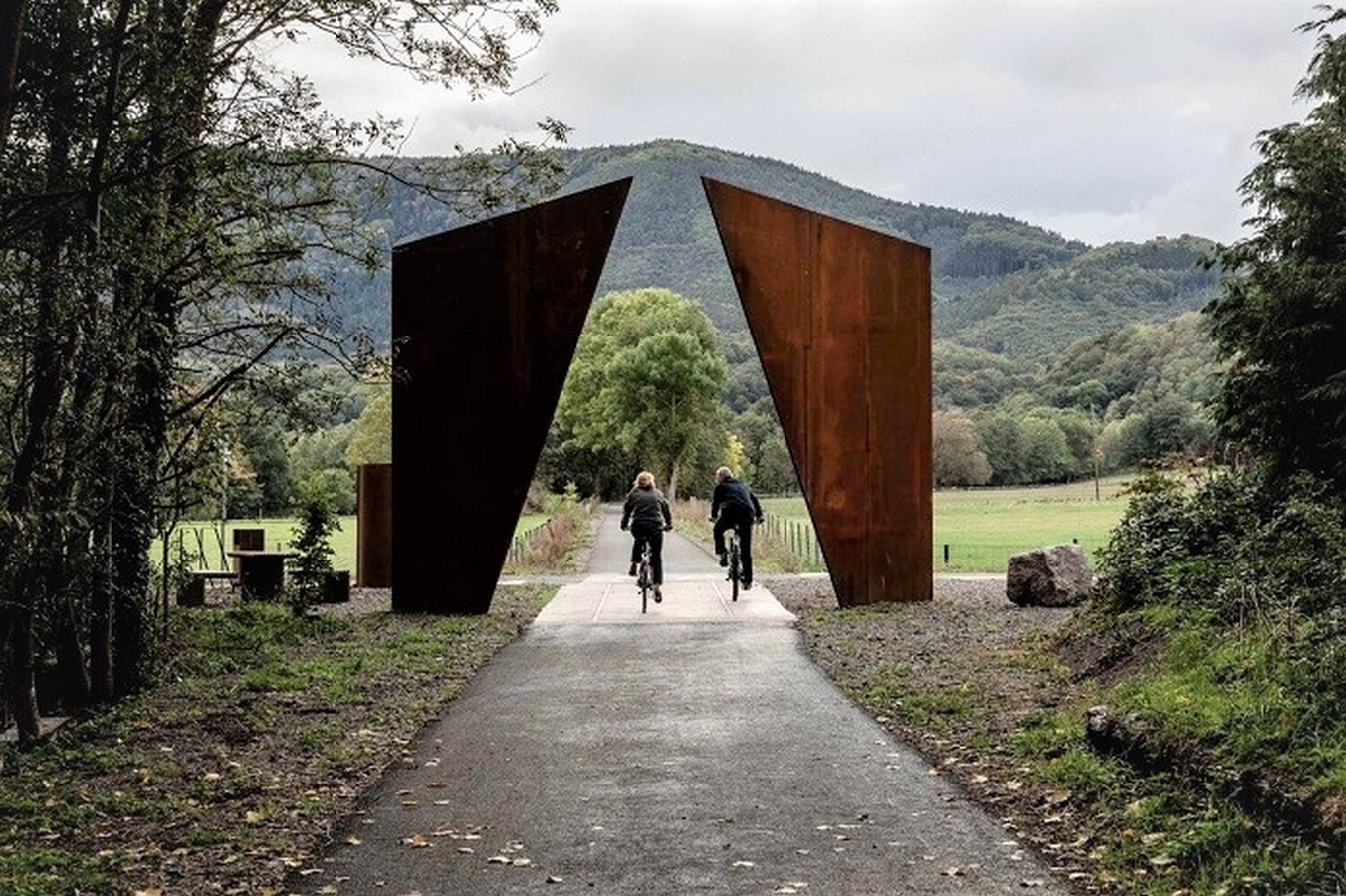
The route measures a distance of 11 km, in which various train stations have been renovated. Along the path goes a story that splits into five chapters of different sequences of landscapes that aim at arousing visitor’s senses in order to relax or enjoy their leisure time. Rosheim tells the history of travel, with the old train tracks being conserved, benches are built, maze-like pavilion and opening are created that allows the visitors to enjoy the panoramic views of the surrounding landscape.
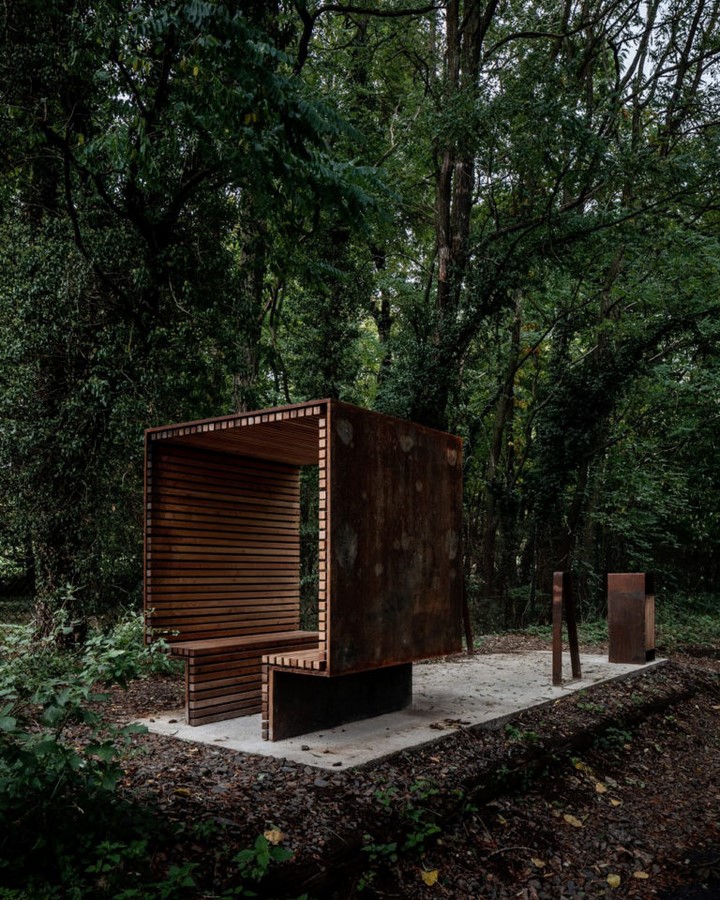
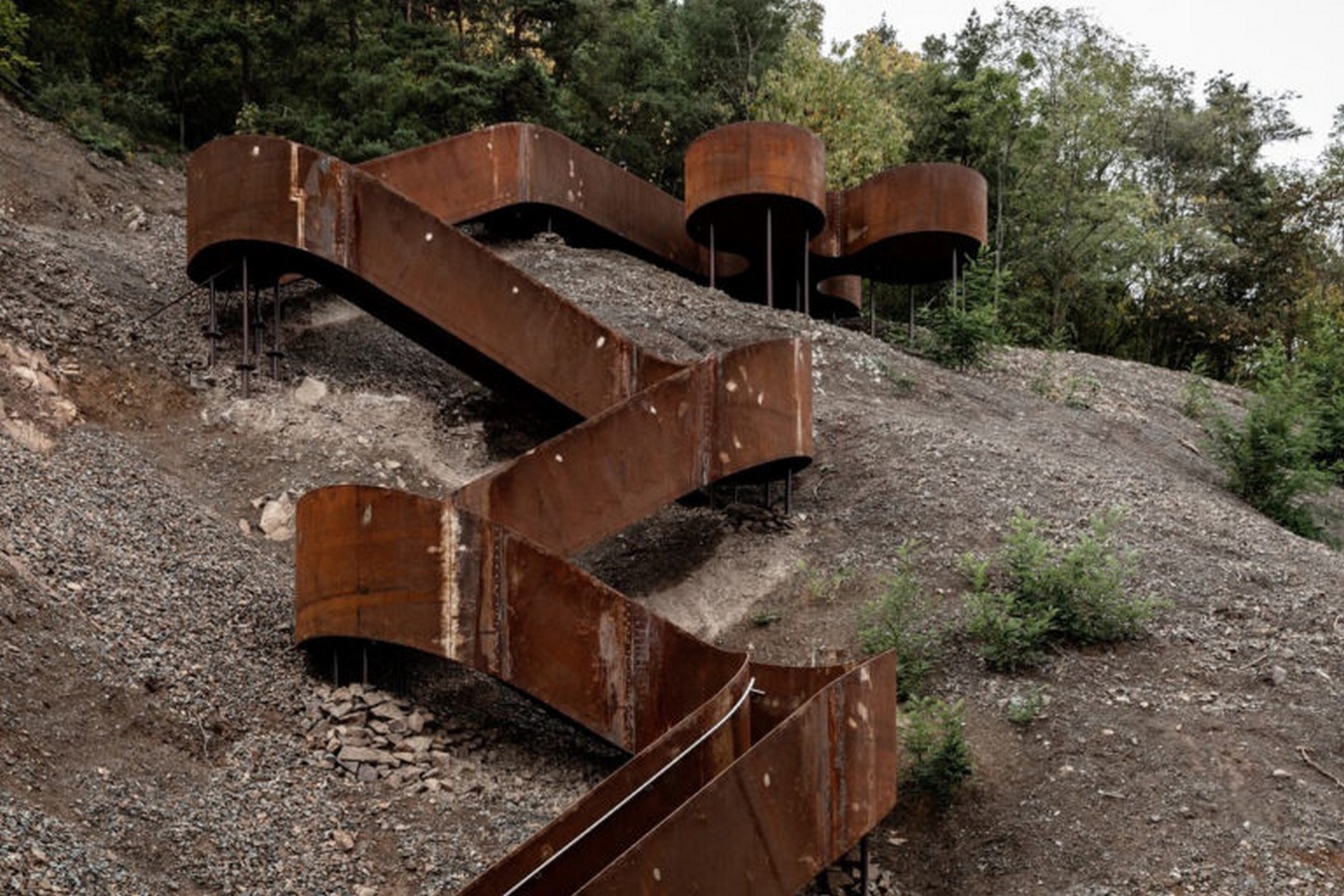
2. The Goods Line, Sydney, Australia
Project Name- The Good Line.
Location- Sydney, Australia.
Purpose- Elevated city Park
Goods line is a welcome green addition to the beautiful city of Sydney. This unique elevated park provides a throughout fare for pedestrians and cyclists from railway Square to Darling Harbour, repurposed and energized as a vibrant Urban Hub in the heart of Sydney’s most densely populated area. Goods Line was once a part of the cargo rail system that runs along from Dulwich Hill to Sydney Central via Darling Harbour and used to transport wool, meat, and wheat into the area.
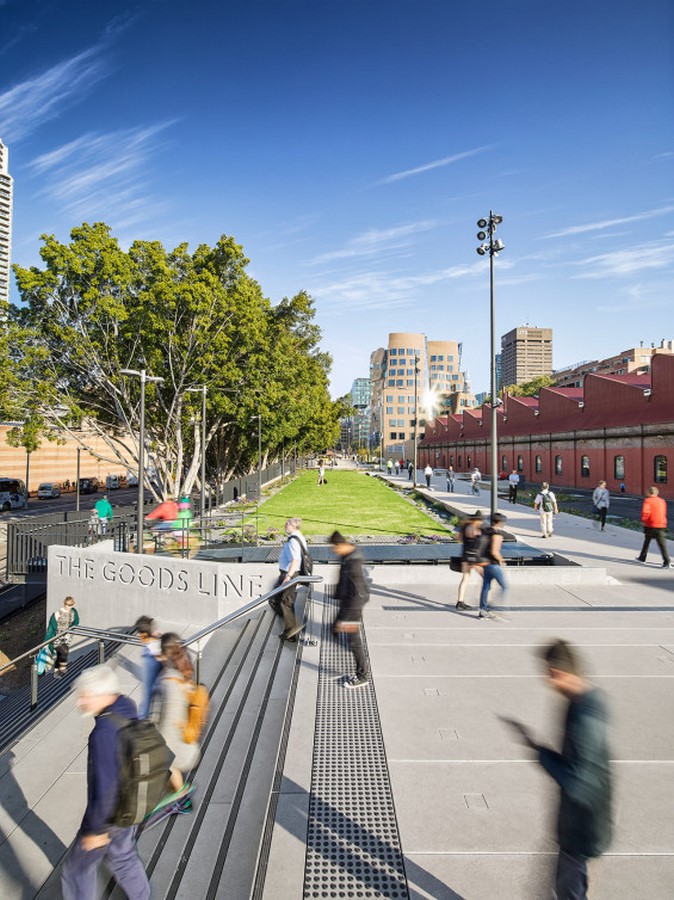
The linear park includes commercial outlets, amphitheaters, ping-pong tables, study pods with bespoke seating, and furniture designed intimately offering working and social spaces for students, workers, and visitors. Also, this 500m pedestrian path connects some of Sydney’s best-known art and educational institutions along with Syndey’s Cultural Ribbon. Good lie sets an example for other abandoned railway structures to transform into creative and connective public destinations enhancing the public life of the city.
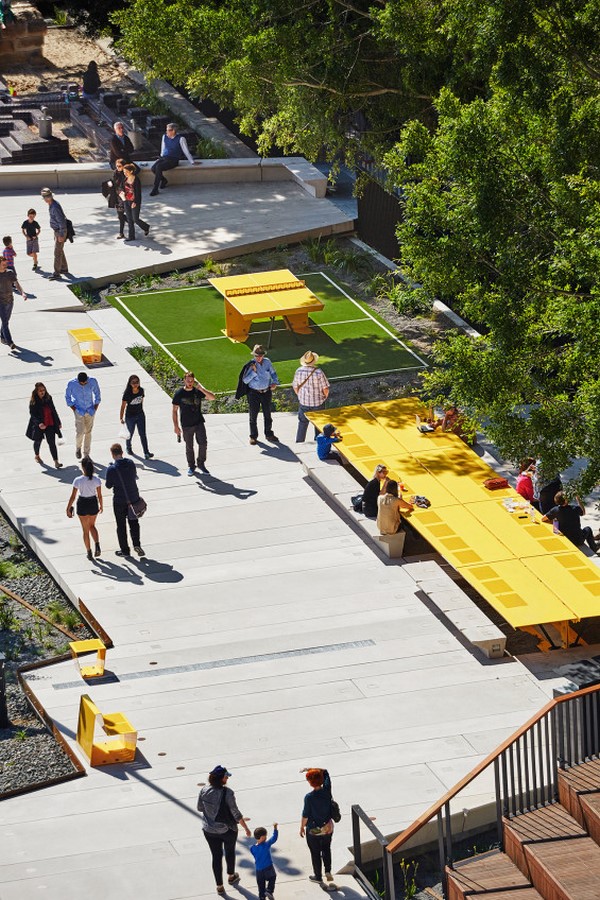
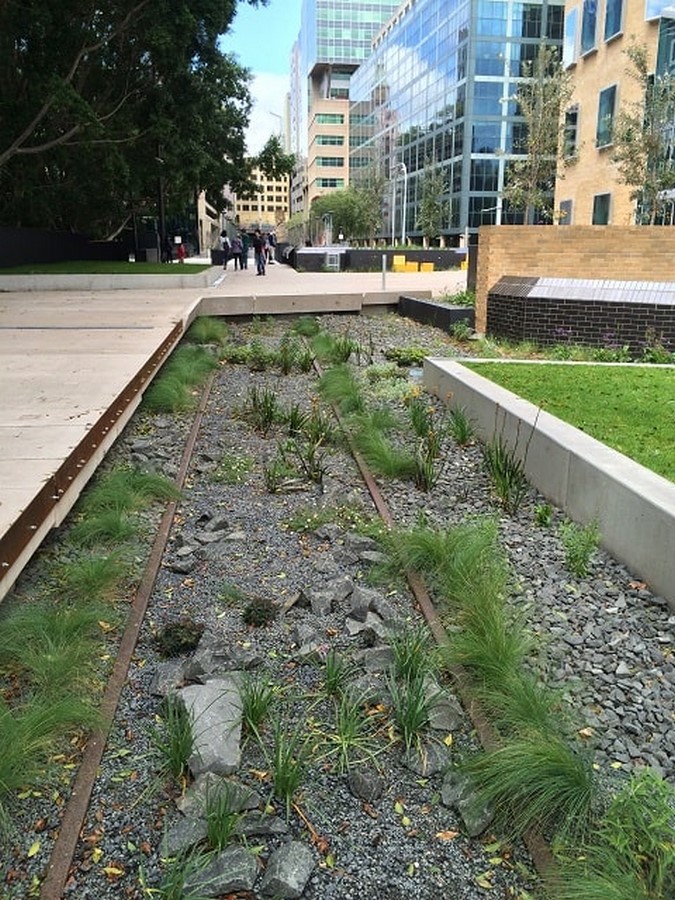
3. High Line, New York City
Project Name- High Line
Location- New York
Purpose- Public Park
Owned by the city of New York, running under the non-profit organization Friends of Line, the route of High Line is 1.45 mile long, elevated freight railroad on New York’s Westside that has been repurposed as Pedestrians Greenways on stilts. The last train left on the New York High Line on Manhattan was in 1980, after that it was demolished. In 2003 an open design competition was launched for High Line’s preservation and reuse as a public park. The team selected was James Corner Field Operations with Diller Scofidio + Renfro, as well as noted horticultural designer, Piet Oudolf.
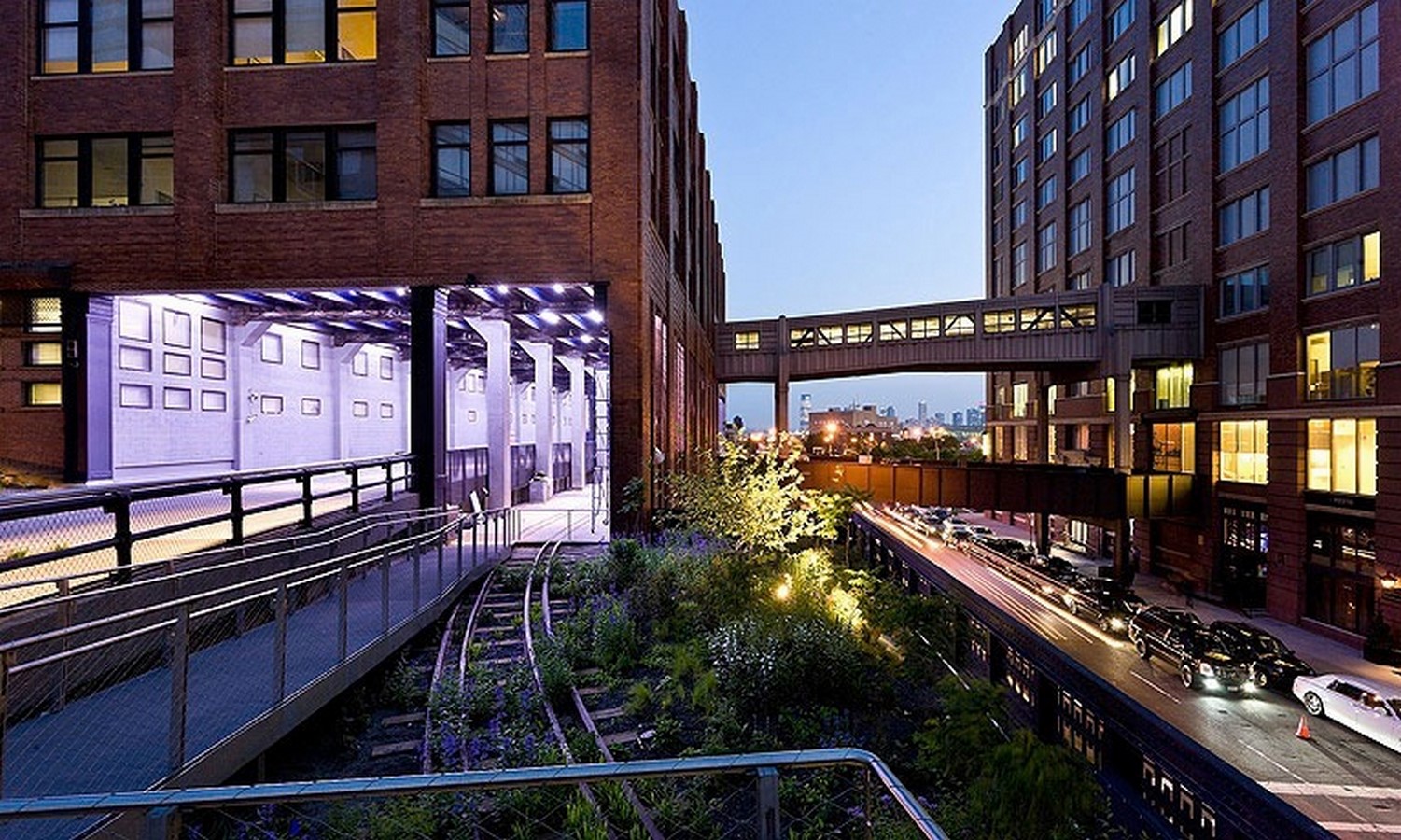
The High Line planning design was inspired by the wild seeded landscape after the old train tracks had been abandoned while creating a paving system that promotes natural growth. The park features sundecks, landscaping, water features, ambient lighting that attracts visitors to enjoy the space. The High Line Park is a perfect expression of the beauty that emerges from blending old and new through adaptive reuse.
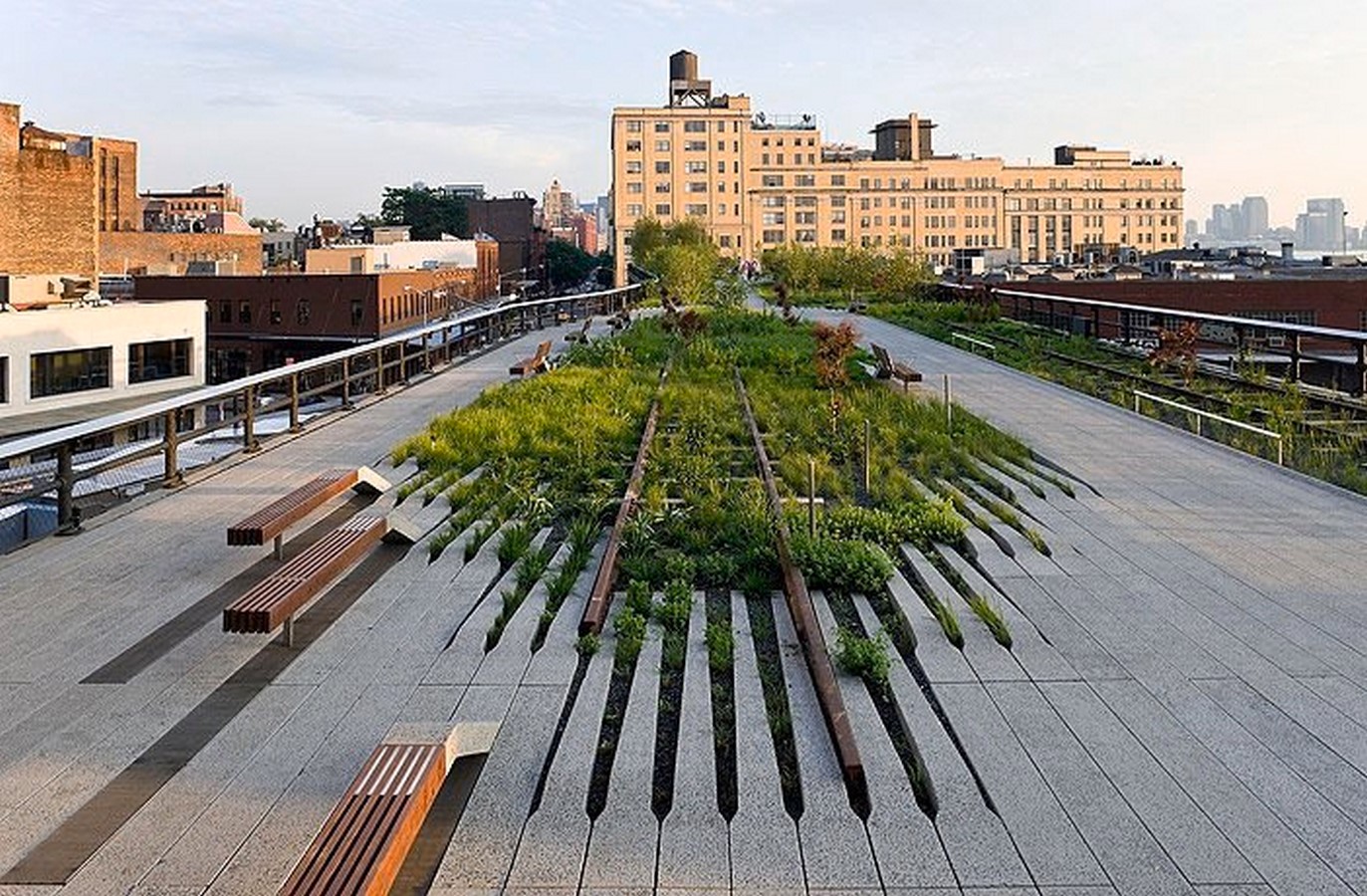
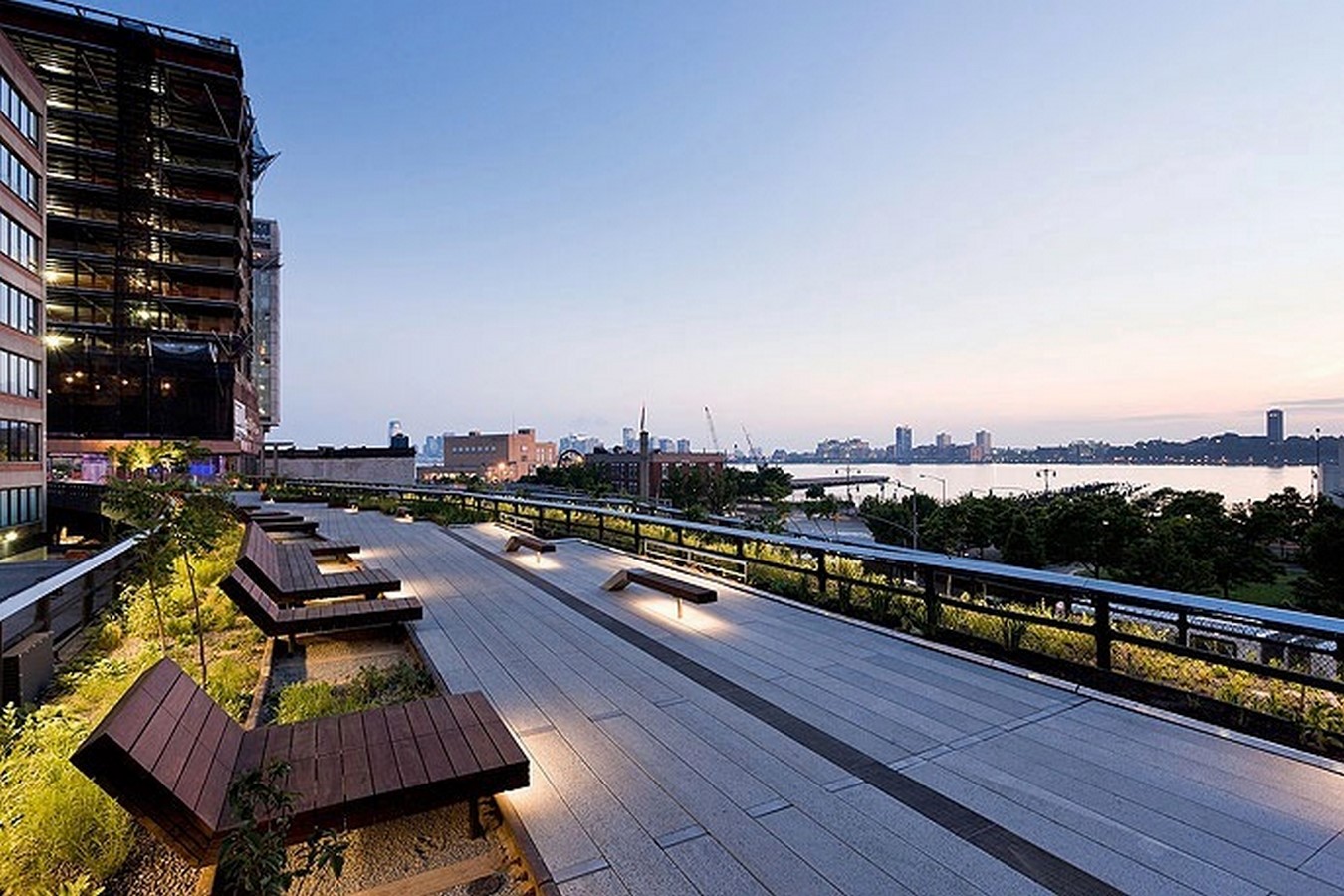
The abandoned Railway Structures create a negative impact on the city and its surrounding areas. In these cases where old railway lines lose their function, the adaptive reuse of the abandoned structures can regain the charm, breathe new life, and revitalize the urban space. Furthermore, these sorts of reuse projects adopted with different strategies have positive impacts on urban space, including sustainable environment, improvement of traffic conditions, and growth of tourism by reusing the materials and avoiding demolition. With an ultimate goal to build creative spaces where people can thrive, have fun, feel empowered, and get inspired.
Reference list
BigRentz, January 13, 2021, Adaptive Reuse Explained With 3 Imaginative Examples. https://www.bigrentz.com/blog/adaptive-reuse
Five Highline parks created from abandoned transport routes https://www.theguardian.com/
Chun Zhang, Shujian Dai & Haishan Xia, 09 March 2020, Reuse of Abandoned Railways Leads to Urban Regeneration: A Tale from a Rust Track to a Green Corridor in Zhangjiakou https://link.springer.com/article/10.1007/s40864-020-00127-2
Marian Gogola, Dana Sitanyiova, UNIZA Version 3, June 2020, GOOD PRACTICE /www.interreg-central.eu
Damian Holmes, December 17, 2019, Chemin des Carrières | Rosheim, France | Reiulf Ramstad Arkitekter https://worldlandscapearchitect.com/
August 14, Top Five Abandoned Railway Lines Turned Urban Public Spaces https://www.theurbandeveloper.com/
The Goods Line, https://urbannext.net/
The New York High Line officially opens https://www.archdaily.com/
Transforming Cities with Rails-to-Trails Projects
https://solarlighting.com/
DESIGNING OUR FUTURE: SUSTAINABLE LANDSCAPES https://www.asla.org/sustainablelandscapes
How to support the design and evaluation of redevelopment projects for disused railways? A methodological proposal and key lessons learned Volume 52, Part A, May 2017 https://www.sciencedirect.com/


